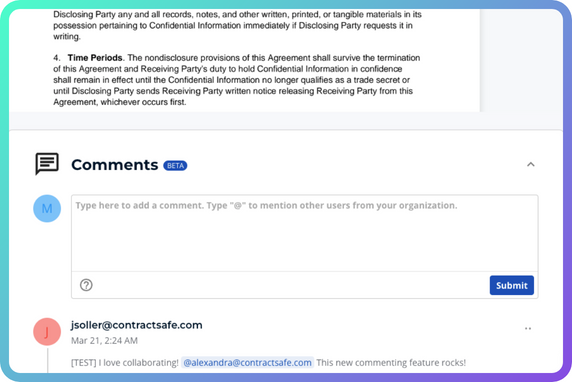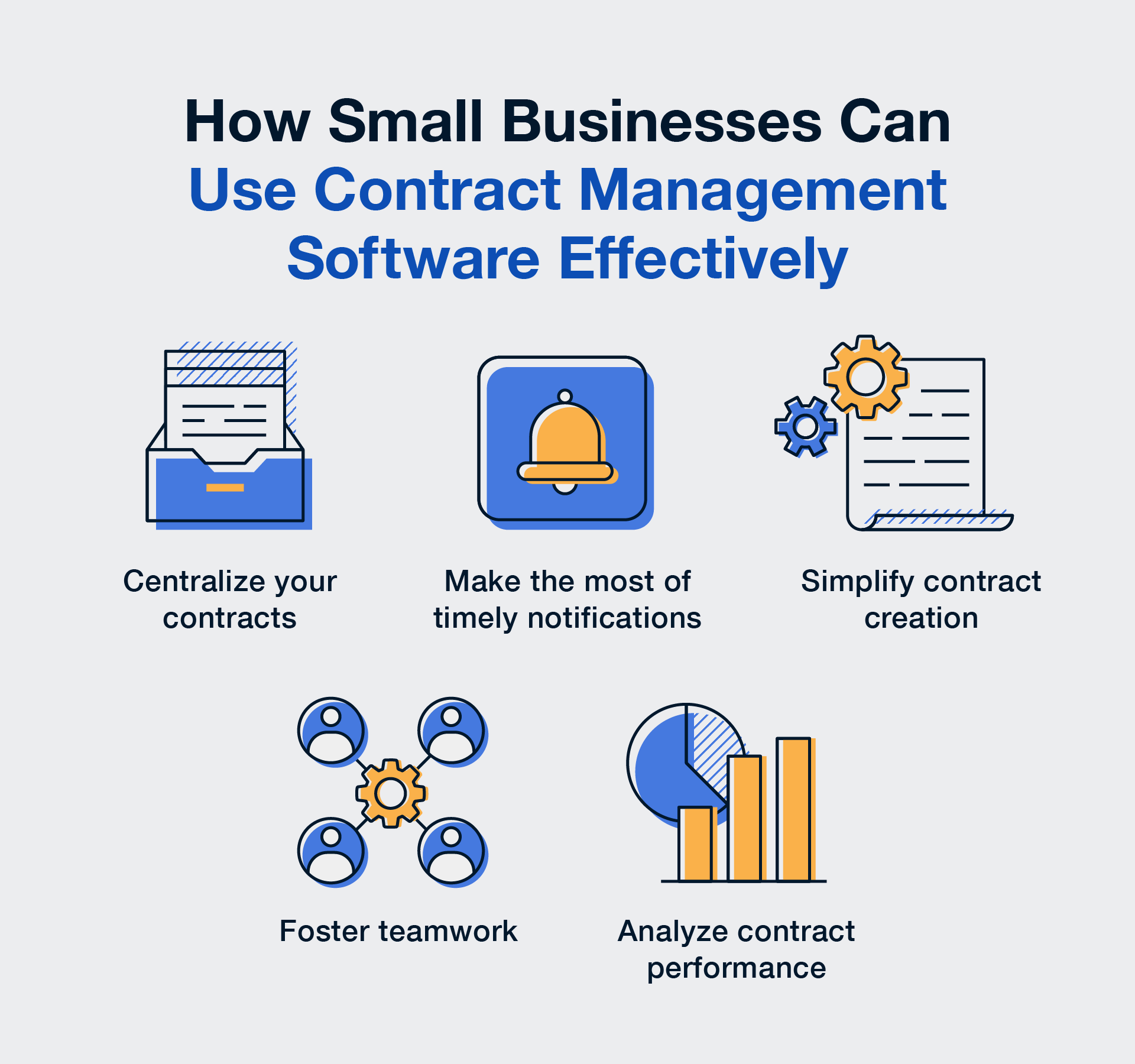What is a Contract Addendum?
A contract addendum amends the terms of an existing contract, without replacing it. In its truest sense, an addendum is created after the completion of the contract, although some people might loosely refer to an appendix or an exhibit as an addendum. In most instances, the addendum must meet the same level of formality as the original contract. Contract addenda can be used to address a number of circumstances, including the following:
- Correct scrivener’s errors, omissions, or mistakes – sometimes the parties agree that the final, signed version of a contract contains a drafting error or other mistake. Using an addendum is a way to correct the mistake. For example, perhaps parties agreed to a forum selection clause naming California as the state for litigation. The drafter, using an old template, inadvertently left New York in the relevant paragraph and no one noticed until a few weeks after the execution of the contract. The parties both agree that the mistake should be corrected. An addendum could be used, correcting only the paragraph at issue.
- Address changes in circumstances – sometimes parties are happy with their contract, but it needs a tweak here or there due to the passage of time and changed circumstances. For example, consider a construction contract in which two parties agree that a certain engineer will be used. The engineer has now passed away. The parties could agree to name a new engineer in an addendum. In a similar manner, parties sometimes agree to change dates, standards, quotas, and other terms, without changing all the other provisions of the contract.
Get Started with ContractSafe Today





